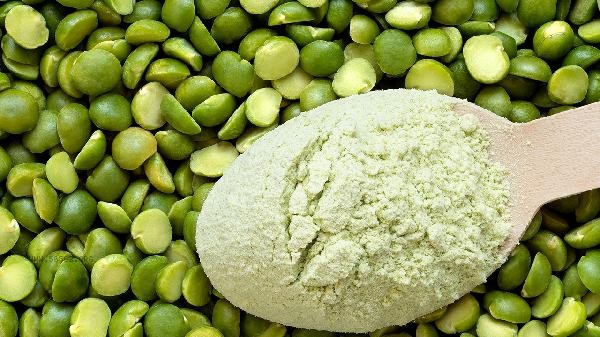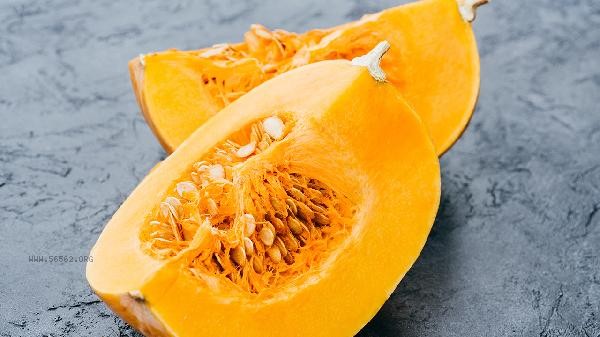A high-fat diet mainly includes animal fat, fried foods, nut seeds, dairy products, and processed foods. Long term excessive intake of high-fat foods may increase the risk of obesity, cardiovascular disease, etc. It is recommended to choose the appropriate amount according to individual needs.

1. Animal fat
Animal fats such as lard, butter, and sheep fat have a high content of saturated fatty acids and are commonly used in Chinese cooking or pastry making. Animal organs such as pig brain and fat intestines are also considered high-fat foods, with a fat content of nearly 10 grams per 100 grams of pig brain. Excessive intake of such foods may affect blood lipid metabolism.
2. Deep fried food
deep-fried dough sticks, fried chicken, potato chips and other high temperature fried food will absorb a lot of oil. A fried chicken wing can have a fat content of over 15 grams and may produce trans fatty acids. It is recommended to use air fryers or low oil cooking methods instead of traditional deep frying.
3. Nut Seeds
Although walnuts, almonds, cashews, and other nuts contain healthy unsaturated fatty acids, they have a high calorie density, with 30 grams of mixed nuts containing approximately 15 grams of fat. Seed foods such as flaxseed and chia seeds are also rich in omega-3 fatty acids, so it is important to control daily intake.

4. Whole milk dairy products
Whole milk, cheese, butter and other dairy products have a high fat content, with one slice of Cheddar cheese containing about 9 grams of fat. Milk fat contains beneficial ingredients such as conjugated linoleic acid, but lactose intolerant individuals should be cautious when choosing fermented dairy products as alternatives.
5. Processed foods
Bacon, sausages, cream cakes, and other processed foods often contain hydrogenated vegetable oils, which contain hidden fats. A 100g cream cake may contain more than 20g of fat, it is recommended to check the nutrition chart to control the frequency of intake.

High fat foods are not completely contraindicated, the key lies in reasonable combination and total amount control. Daily diet can increase intake of foods rich in unsaturated fatty acids such as deep-sea fish and olive oil, combined with moderate exercise to promote fat metabolism. Special populations such as patients with high blood lipids should reduce their intake of animal fat and prioritize plant-based fat sources. When cooking, use low-temperature methods such as steaming and stewing to avoid repeated use of frying oil. Regularly conduct blood lipid testing and adjust dietary structure based on physical examination results.








Comments (0)
Leave a Comment
No comments yet
Be the first to share your thoughts!